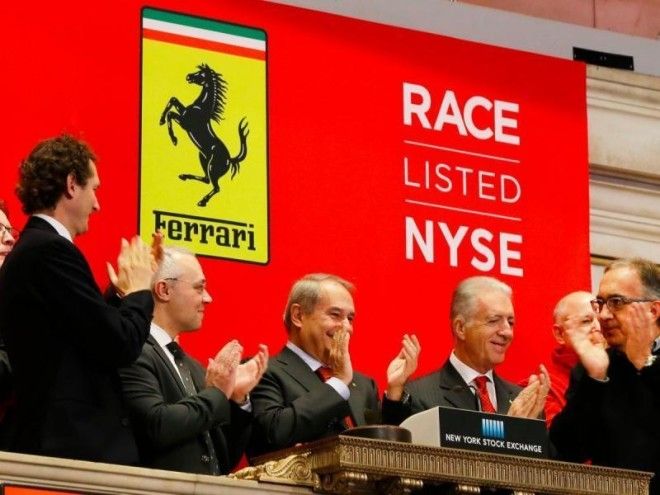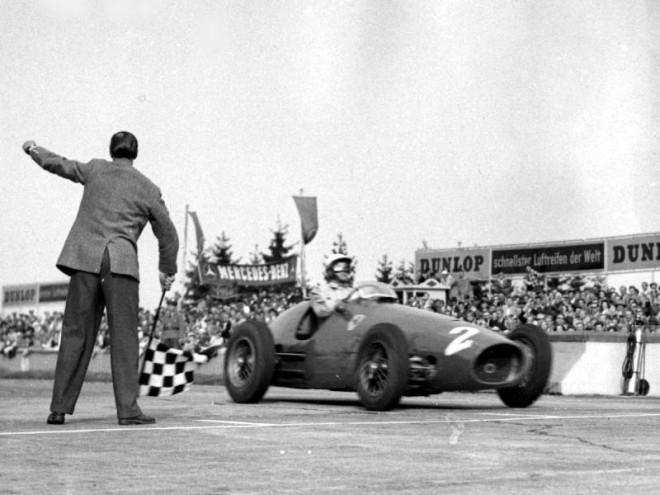Ferrari wasn't always the global luxury brand that's now being traded in New York. The company's early days as a maker of racing cars were rather humble, and it took an Italian-American racing star named Chinetti to begin the transformation into a purveyor of glamorous supercars for the world's well heeled.
The company's success drew takeover interest, and later rivalry, from Ford – before Ferrari eventually became part of FIAT. With the IPO, Ferrari is on its way to becoming an independent company again.
In 1908, A ten-year-old Enzo Ferrari saw his first car race and immediately became hooked. As a young adult, Enzo was drafted by the Italian army to fight in World War I.
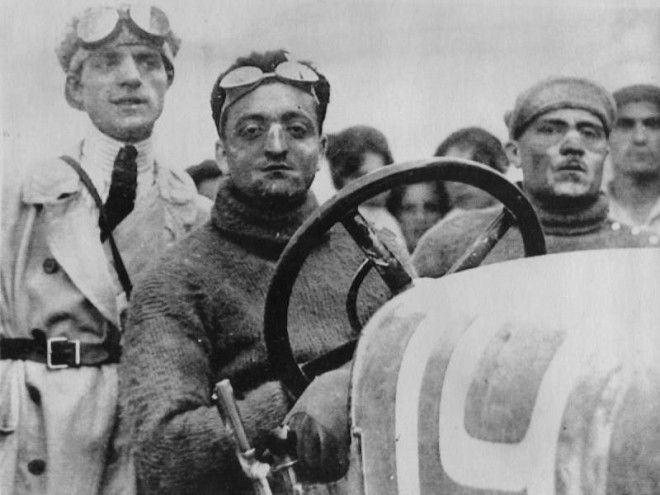
After the war, Enzo had a hard time finding work in the auto business. He applied to work at Fiat, but was rejected to due an excess of unemployed war veterans. Eventually, he found work at smaller automakers.
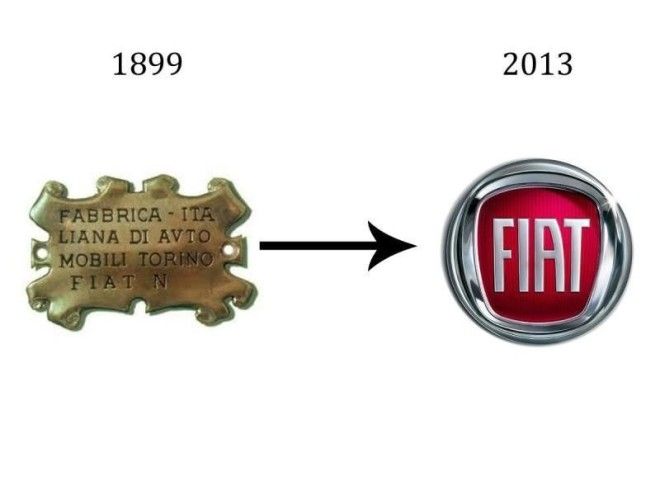
By the early 1920s, Enzo landed a job at Alfa Romeo as a race car driver. Fellow drivers at the company included legendary aces like Tazio Nuvolari, seen here in an Alfa.

In 1929, Enzo launched Scuderia Ferrari or "Team Ferrari." There was no car company yet – Scuderia consisted of a group of drivers who raced the cars they owned.
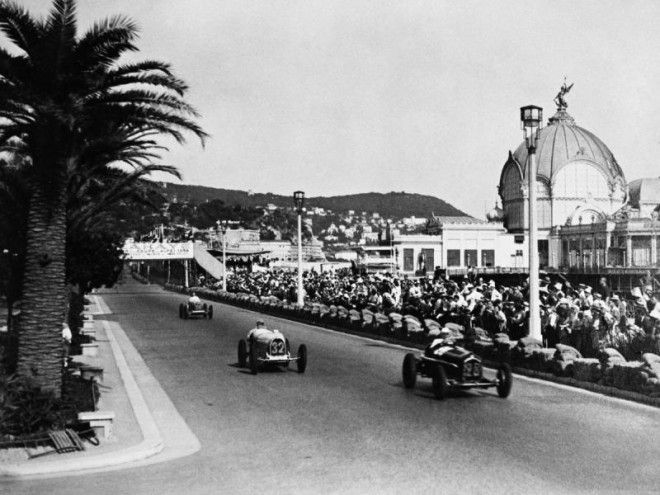
The team raced mostly Alfa Romeo cars. By 1933, Scuderia Ferrari had essentially become Alfa's racing division.

In 1937, Enzo shut down Scuderia Ferrari and became the head of Alfa Romeo's factory racing operation— Alfa Corse. But that wouldn't last. He wasn't happy.
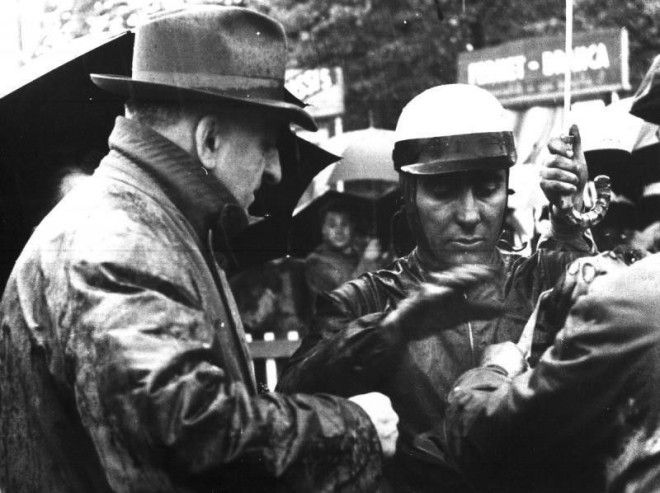
A week after leaving Alfa Corse in 1939, Enzo started up Auto Avio Costruzioni. The AAC 815 is the first car Ferrari's startup built on its own.

AAC built two 815 cars in 1940. Both were prohibited from carrying the Ferrari name due to a non-compete agreement between Enzo and his previous employers. The agreement prohibited Ferrari from using his name in relation to races or race cars for at least four years.

Although WWII forced Ferrari to curtail his racing activities, his company got back to work immediately following the war. In 1945, the company introduced a new V12 engine that would become one of Ferrari's signature offerings.
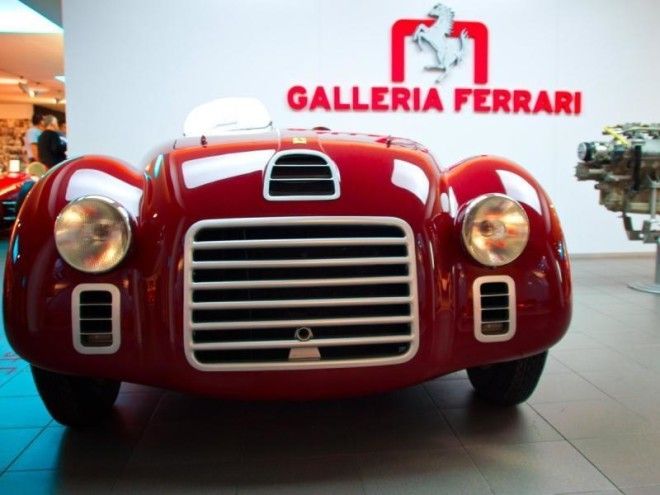
In 1947, Ferrari launched the 125. And since the non-compete agreement with Alfa had lapsed, this was the first car to carry the Ferrari name.
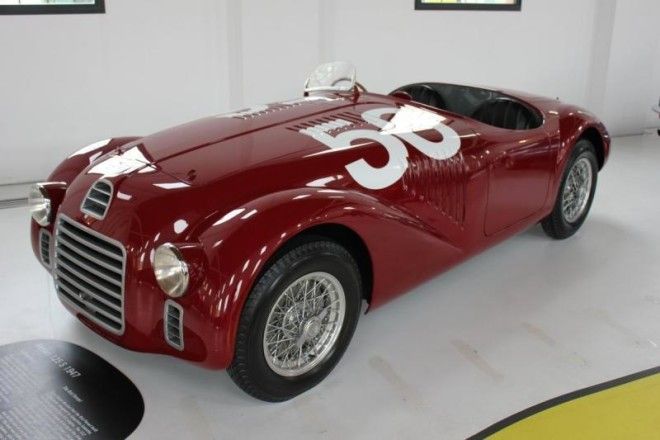
In the late 40s, Luigi Chinetti — a successful Italian-born racing driver and newly naturalized American citizen — approached Ferrari about the prospect of building sports cars for the public.
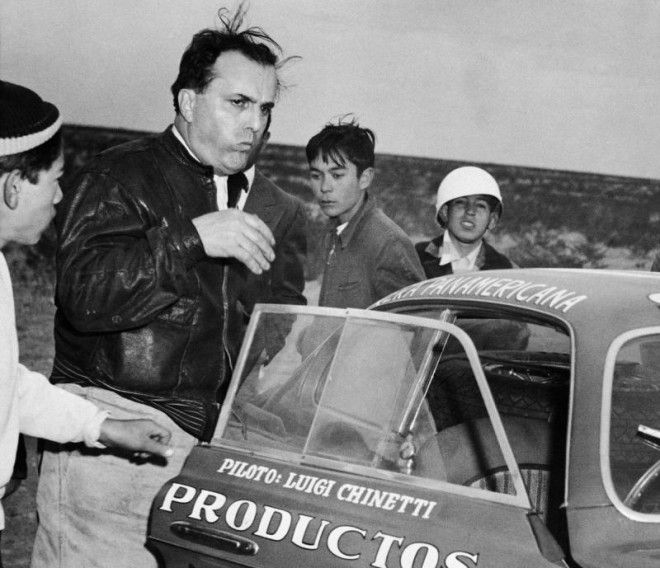
Ferrari was hesitant because his company's main purpose was to win races. At that point, the only cars Ferrari sold were for privateers. Chinetti started racing and winning in Ferrari's cars around the world.
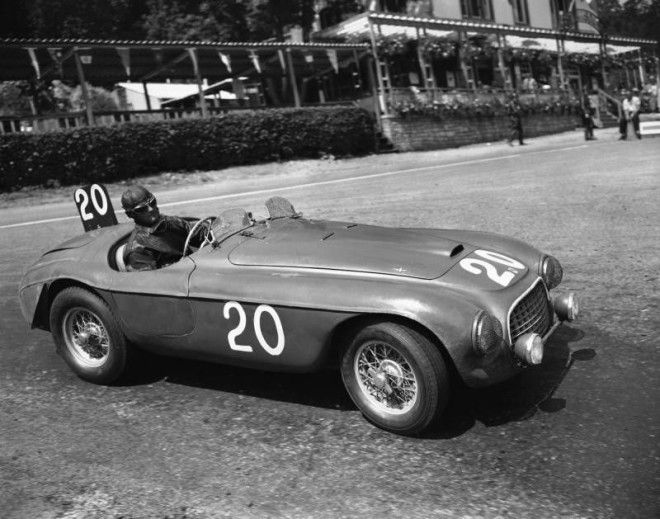
By the early 1950s, Luigi Chinetti got the sports cars he wanted and opened the very first Ferrari dealership in the US. Chinetti's showroom was located in Manhattan, but was later relocated to Connecticut.
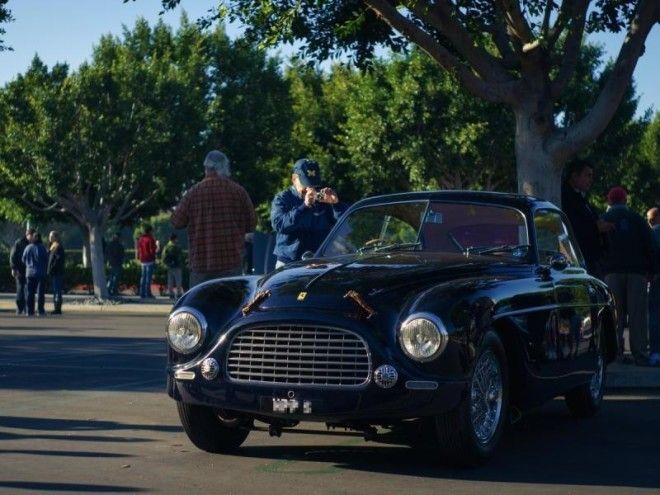
The US became a huge market for Ferrari's cars. Even today, it remains Ferrari's most lucrative. This opened the floodgates for Ferrari's business. Legendary cars such as the California Spider ....
Advertising
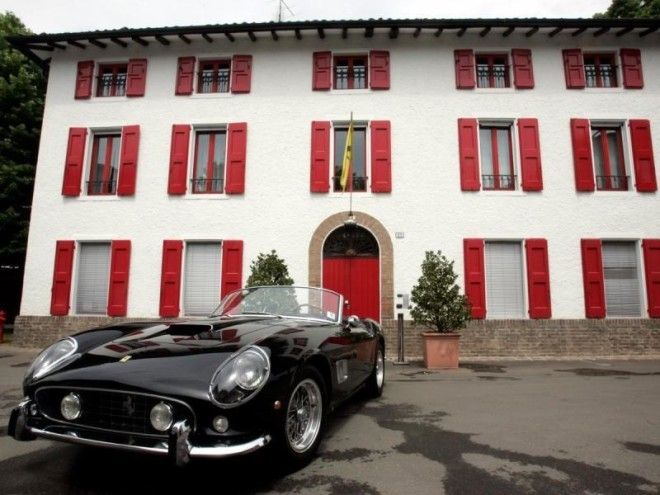
... the GTO and ...
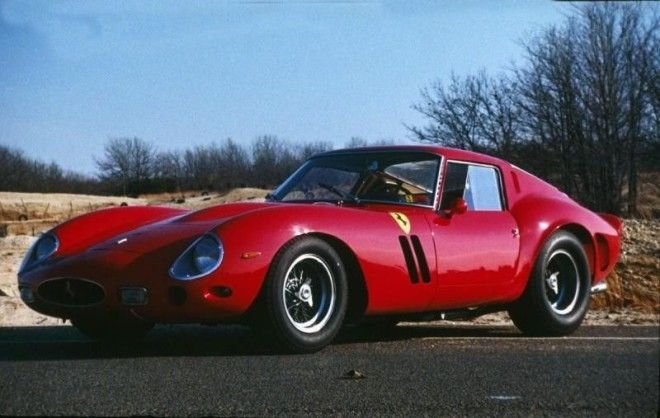
... the Testarossa soon appeared.
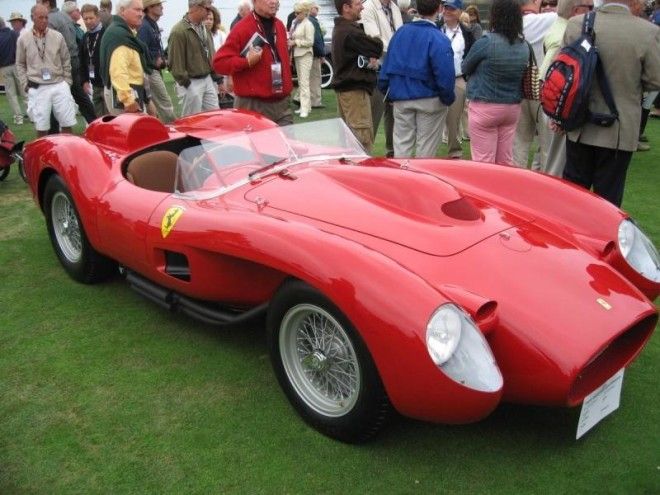
By the 1960s, Ferrari's cars demonstrated their prowess on and off the track.
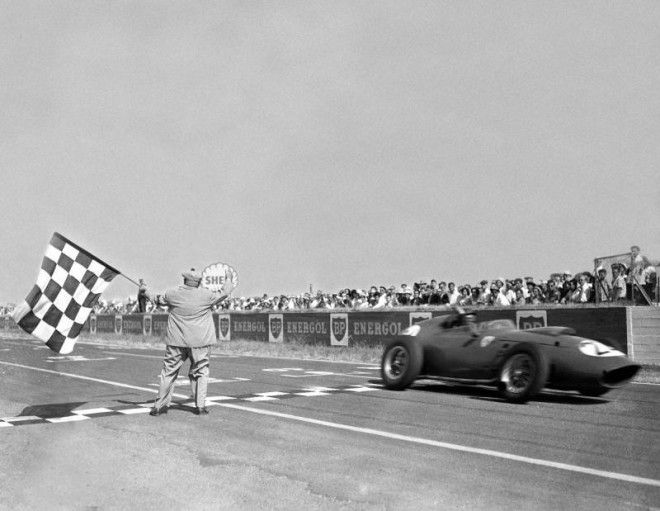
In 1963, Ford CEO Henry Ford II jumped at the opportunity to buy Ferrari's road car business. The deal failed after Enzo found out that Ferrari would have to ask Ford for money from Detroit to go racing.

Incensed by his failure to close the deal, Ford decided to beat Enzo's team at the 24 Hours of LeMans.
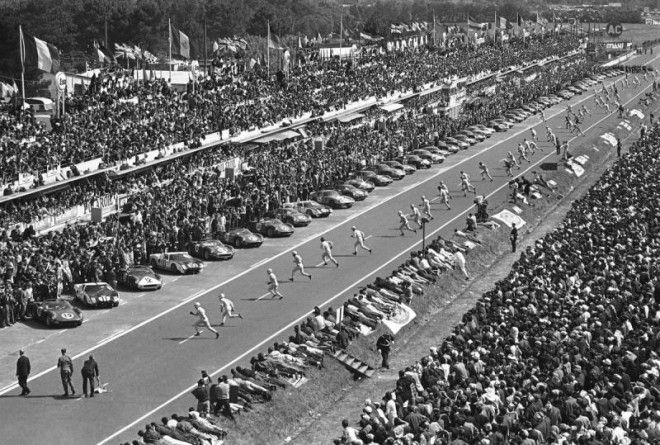
Ferrari ruled Le Mans at the time. Enzo and his team had dominated the grueling 24 hour-long endurance sports car race — winning six times in a row from 1960-1965.

By 1966, Ford's challenger for Ferrari's cars was ready. The legendary GT40 was set to race at Le Mans.
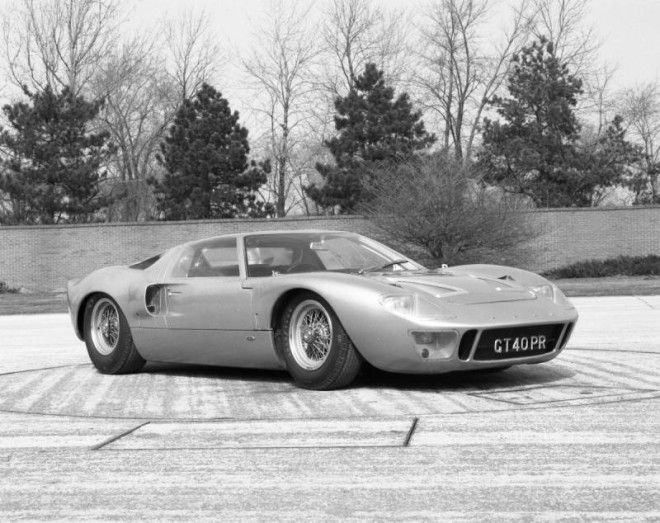
Henry Ford II got his revenge. The GT40 won Le Mans with a stunning 1-2-3 finish, ending Ferrari's dominance.
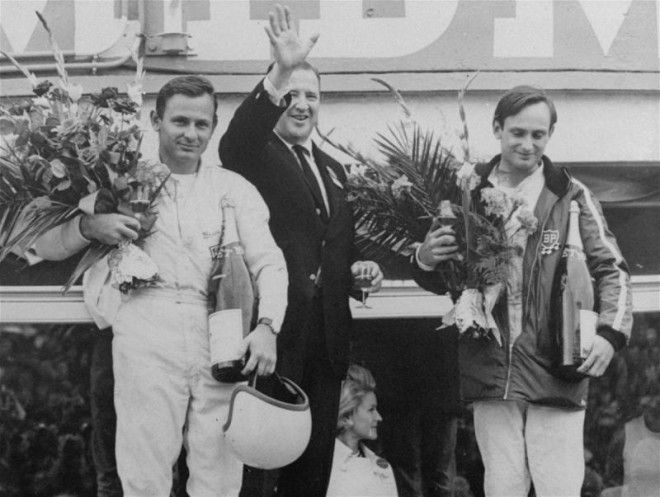
Ford would go on to win four years in a row — from 1966 until 1969.
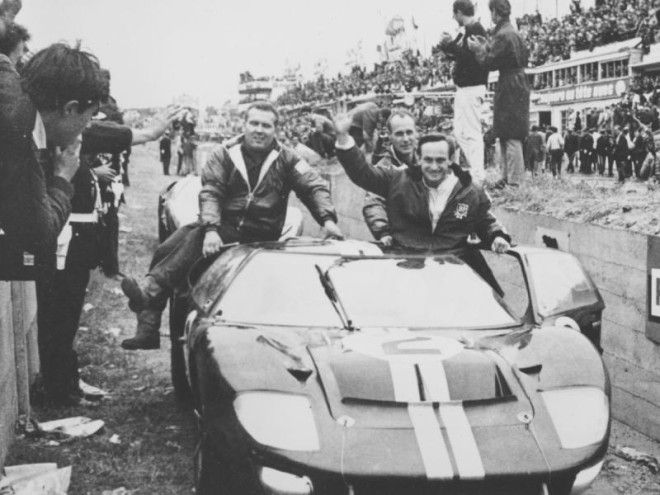
By 1969, Enzo realized his company needed additional resources not only to be successful, but also to survive. That year, Ferrari sold 50% of the business to the company that once refused to give him a job — Fiat!
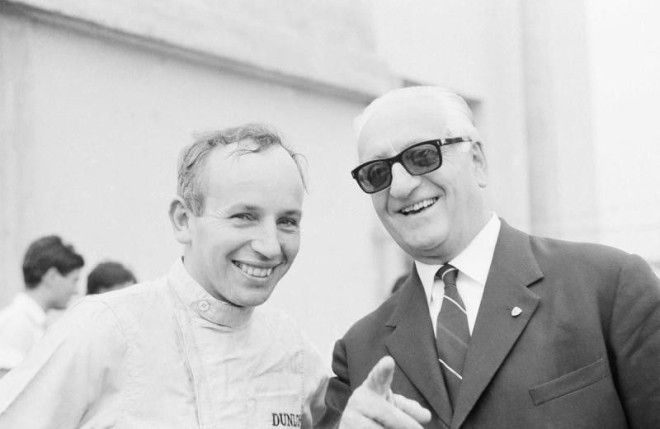
Enzo Ferrari died in 1988 at the age of 90. But before his passing, he signed off on one final car to commemorate the 40th anniversary of his company.

The mighty F40!

After the passing of Enzo Ferrari, longtime executive Luca di Montezemolo assumed the position of President and later Chairman. Under his guidance, Ferrari was transformed into a global luxury brand.

Today, the company sells its supercars for hundreds of thousand of dollars.
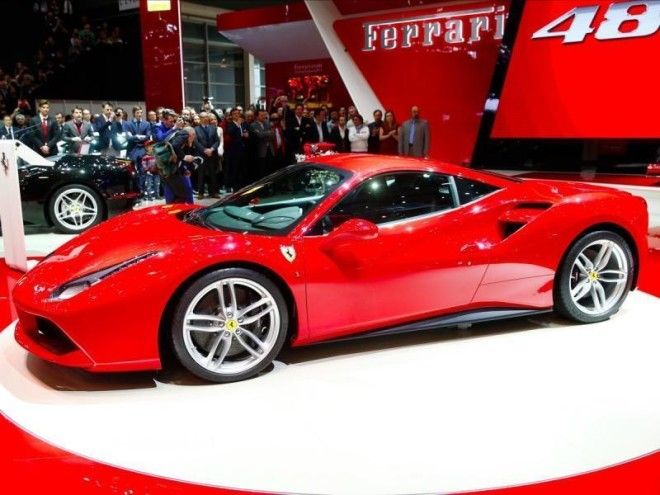
And its hypercars for millions.
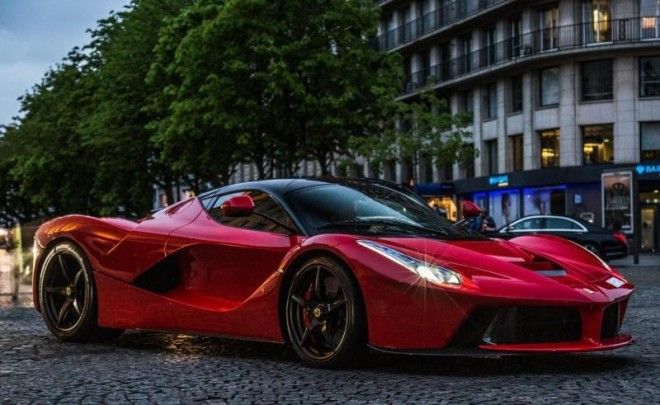
Ferrari also licenses everything from clothes to jewelry.

There's even a Ferrari-themed amusement park!

On the racing front, Ferrari is still at the top of its game. The company's Formula One team — still called Scuderia Ferrari — has won eight world championships since Enzo's death.

With its IPO, Ferrari has completed its transformation from a startup racing operation to a multi-billion-dollar global brand. But true to its roots, Ferrari trades on the New York Stock Exchange under the ticker symbol RACE.
